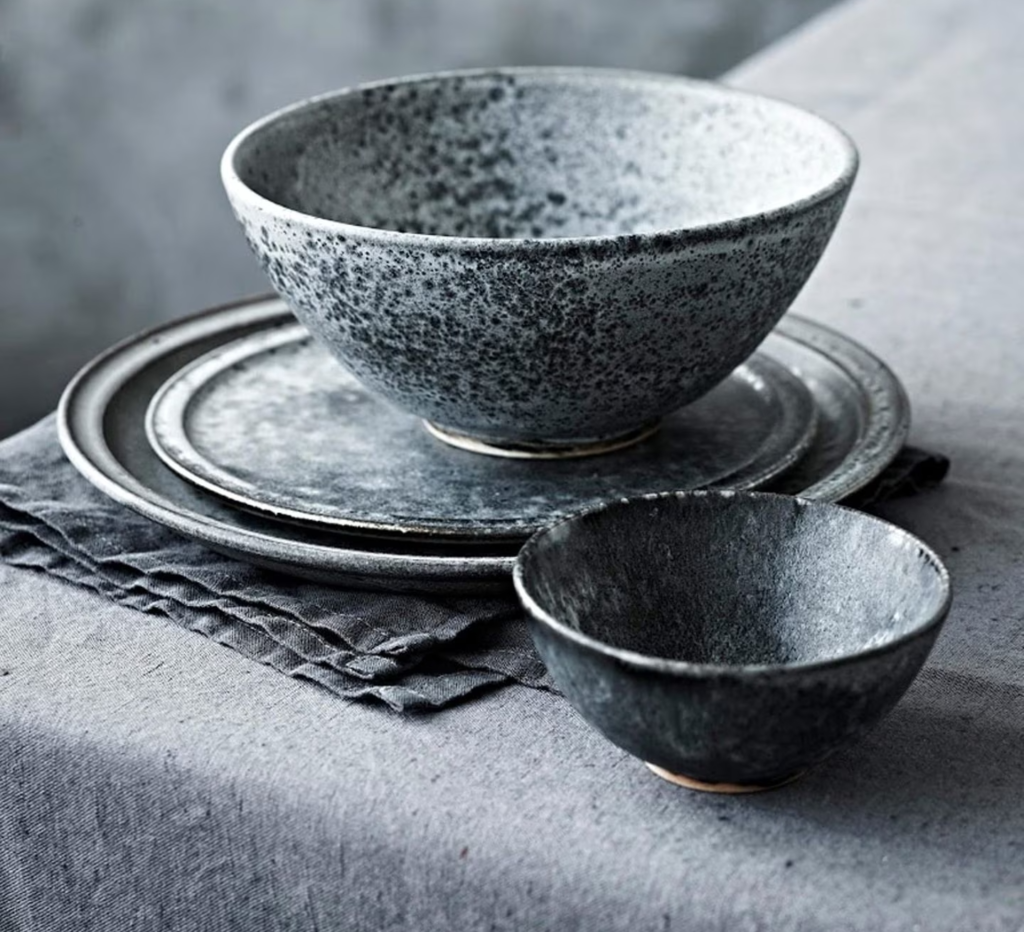On Monday, a verdict was finally handed down in the much talked about Würtz – F&H/Bitz case.
After a 7-year battle, the Maritime and Commercial Court awarded ceramicist Kasper Würtz DKK 6.4 million in remuneration and compensation for the infringement and DKK 1,644,600 in court costs. At the same time, Kasper Würtz was acquitted of F&H and Christian Bitz allegations of slander.
This is the largest compensation awarded so far in a Danish court case regarding design infringement.
The court awarded DKK 4 million in remuneration and DKK 2.4 million in compensation for market disruption. When determining the remuneration, the court emphasized the extent and nature of the exploitation of Würtz’s rights, including the fact that it was a matter of deliberate copying which had been going on for more than 5 years and which had resulted in the sale of 1,703,030 128 unlawful products on the part of F&H and Christian Bitz and a total turnover of DKK 57,162,278.74 from the copying that took place.
Würtz had filed a claim for payment of DKK 40 million in compensation and remuneration, which was partly based on the fact that F&H had earned over DKK 29 million from the sale of copy goods and that the appraiser appointed by the court assessed that Würtz ‘ brand had suffered great damage due to the extensive copying, and that it would cost between DKK 10-15 million to re-establish the brand.
The court chose not to listen to these arguments and instead assessed the damages primarily on the basis of the remuneration rule in the Copyright Act. This rule, which was created to ease the burden of proof for rights holders, means that the infringer must pay the amount that the rights holder could reasonably have demanded if the infringer had previously asked for permission for the exploitation. This rule allows for the extent of the infringement to be taken into account, but the court has not, however, given further reasons for the precise calculation of the amount awarded. As a result, it remains unclear exactly how such a remuneration scale is calculated.
The court justified the additional compensation with ‘market disruption’, which can either cover substitution, i.e. the fact that customers bought Bitz instead of Würtz, or fire damage. Here too, the court has not really justified the background for the set amount of DKK 2.4 million.
In this case, the Maritime and Commercial Court otherwise clearly had the opportunity to set an example for awarding compensation in cases of extensive deliberate and intended imitation. From the Anne Black case, it is well established that compensation can be granted for damage to brand value if this damage can be proven, but the court chose not to refer to this damage despite the otherwise very clear assessment from the appraiser. This is very worrying for the future legal development, as it is difficult to imagine how an injured party will then be able to document a loss of brand value.
Even though the court stressed that the Law Enforcement Directive requires that the awarding of compensation must act as a deterrent, the court did not really take into account the extremely large turnover that F&H has had on the copy products. According to the Law Enforcement Directive art. 13, the infringer’s turnover may be taken into account when determining compensation and this may lead to the aggrieved party being awarded greater compensation than the loss suffered. This is also evident from the preparatory work for the Danish law.
By justifying the most significant part of the amount awarded with the remuneration rule and by disregarding a quite well-substantiated auditor’s report from Würtz’s auditor, it must however be concluded that the Maritime and Commercial Court has also in this case imposed on the aggrieved party a very heavy burden of proof in relation to documenting the loss suffered.
It can therefore be stated that, unfortunately, it still pays to violate the rights of others, even in situations where it is done deliberately and where the violator has been made aware of it from the very beginning, but the violation continues regardless.
But it is gratifying that a record has now been set in awarding compensation for design infringement.
LØJE-IP has represented ceramicist Kasper Würtz throughout the entire process.

